Cultural Highlights of Dillsburg, PA
Bryan Bloom • March 25, 2025
Looking for a town steeped in history and
brimming
with community spirit?
Dillsburg, PA
, nestled in the
heart
of Pennsylvania, offers a unique
blend
of small-town
charm
and historical significance. This isn't just another small town; Dillsburg's
rich
past and
vibrant
present make it a fascinating place to explore. This article will provide a detailed cultural review of Dillsburg, giving you an inside look at what makes this town so special.
Delving into Dillsburg's Rich History
Dillsburg's story begins in the mid-18th century, with its official founding dating back to 1765. Early settlers, primarily of German descent, laid the foundation for the town we see today. The town's growth was steady, fueled by agriculture and local commerce. Over the years, Dillsburg has preserved much of its historical character, making it a living museum of Pennsylvania's past. Key historical landmarks and events have shaped Dillsburg's identity. The town's architecture, for example, reflects its early roots, with many buildings retaining their original features.
The Impact of Early Settlers on Dillsburg's Culture
The early German settlers brought with them traditions and skills that have been passed down through generations. This includes a strong emphasis on community, hard work, and craftsmanship. These values are still evident in Dillsburg's local businesses and community events. The settlers’ farming techniques influenced the agriculture of the area, which is still a large part of the town's identity.
Historical Buildings and Landmarks in Dillsburg
Dillsburg boasts several well-preserved historical buildings. Walking through the town, you can see structures that date back to the 18th and 19th centuries. These buildings serve as a tangible link to the town's past. Here are some examples:- Various Churches: Many churches in Dillsburg have historical significance, reflecting the religious roots of the community.
- Old Main Street Buildings: The structures along Main Street often retain their original facades, offering a glimpse into the past.
- Dills Tavern : This historic site offers a glimpse into Dillsburg's past. The restored tavern provides educational tours and events, allowing visitors to experience 18th-century life.
- Check for seasonal events, as they often have reenactments and demonstrations.
Northern Central Railway Trail :
- Perfect for outdoor enthusiasts, this trail offers scenic walking and biking routes.
- It's a great way to explore the natural beauty surrounding Dillsburg.
- Enjoy the nature and views of the area.
Dillsburg's Famous Farmers Fair: A Cultural Highlight
The Dillsburg Farmers Fair is a staple of the town's calendar. This event, typically held in the fall, features:- Agricultural exhibits showcasing local produce and livestock.
- Carnival rides and games for all ages.
- Live music and entertainment.
- Food vendors offering a variety of local treats.
- Parades and contests that highlight community talent.
Local Celebrations and Traditions
Beyond the Farmers Fair, Dillsburg has many other local celebrations. These might include holiday parades, seasonal festivals, and community gatherings. Exploring Dillsburg's Arts and Entertainment Scene While Dillsburg is known for its historical charm and community spirit, it also offers a growing arts and entertainment scene. You might be surprised by the variety of cultural offerings available in this small town. From local art galleries to live music venues, there's something for everyone.Local Art Galleries and Studios in Dillsburg
Dillsburg is home to several art galleries and studios where local artists showcase their work. These galleries provide a platform for local talent and contribute to the town's artistic atmosphere. Visiting these galleries allows one to see the artistic side of Dillsburg. Dillsburg's Culinary Culture: A Taste of Local Flavors Dillsburg's culinary scene offers a delightful mix of traditional and modern flavors. From cozy cafes to family-owned restaurants, the town provides a variety of dining options. Local eateries often emphasize fresh, locally sourced ingredients, giving you a true taste of the area. The town's culinary culture is closely tied to its agricultural roots. Farmers' markets and local producers play a crucial role in supplying restaurants with fresh produce and other goods. This farm-to-table approach enhances the dining experience and supports the local economy.Must-Try Local Restaurants in Dillsburg
Dillsburg boasts several restaurants that are worth a visit. These establishments offer: Unique Local Specialties: Some restaurants feature dishes that are unique to the area. Like The Tucker & Co. Bakery Cafe : They make delicious and nutritious food for all your big and small adventures! Everything we make in house is gluten-free, and all menu items are either gluten-free or can be made gluten-free!. Outdoor Recreation and Natural Beauty in Dillsburg
Dillsburg is surrounded by beautiful natural landscapes, offering plenty of opportunities for outdoor recreation. Parks, trails, and scenic views contribute to the town's appeal, making it a great place for those who enjoy the outdoors. The natural beauty of Dillsburg adds to the quality of life for its residents and provides a peaceful escape from daily life.
The town's natural environment plays a significant role in its culture. Residents often engage in outdoor activities, fostering a connection with nature. Exploring the local parks and trails is a popular pastime and a way to appreciate the area's natural beauty.
Making Your Seamless Move to Dillsburg, PA
Dillsburg, PA, offers a unique blend of historical charm, vibrant community spirit, and natural beauty. From its rich history and annual Farmers Fair to its local art scene and outdoor recreational opportunities, Dillsburg provides a fulfilling lifestyle for its residents. The strong sense of community and the welcoming atmosphere make it an ideal place to call home.
Kinetic Movers LLC, Your Dillsburg, PA, Movers
, is a trusted local moving service that understands the Dillsburg area. They can assist with your move, making the transition as stress-free as possible. With their local knowledge and commitment to customer satisfaction, they can help you settle into your new home quickly and efficiently.



